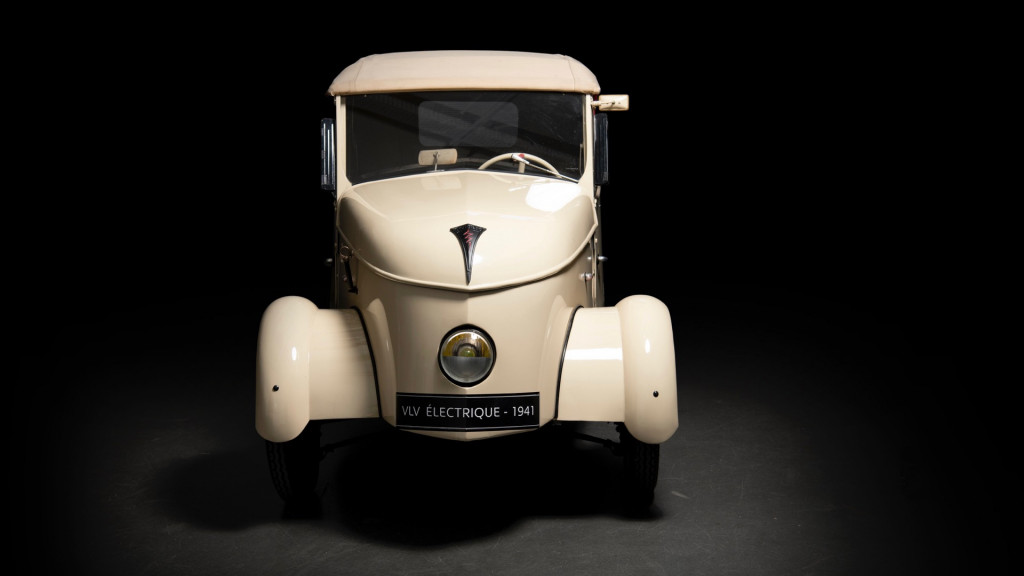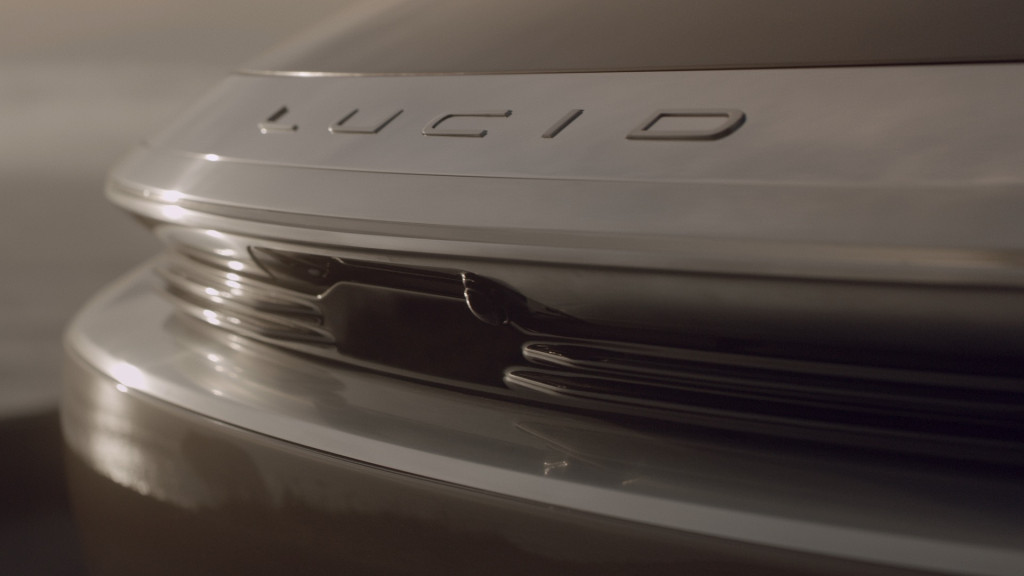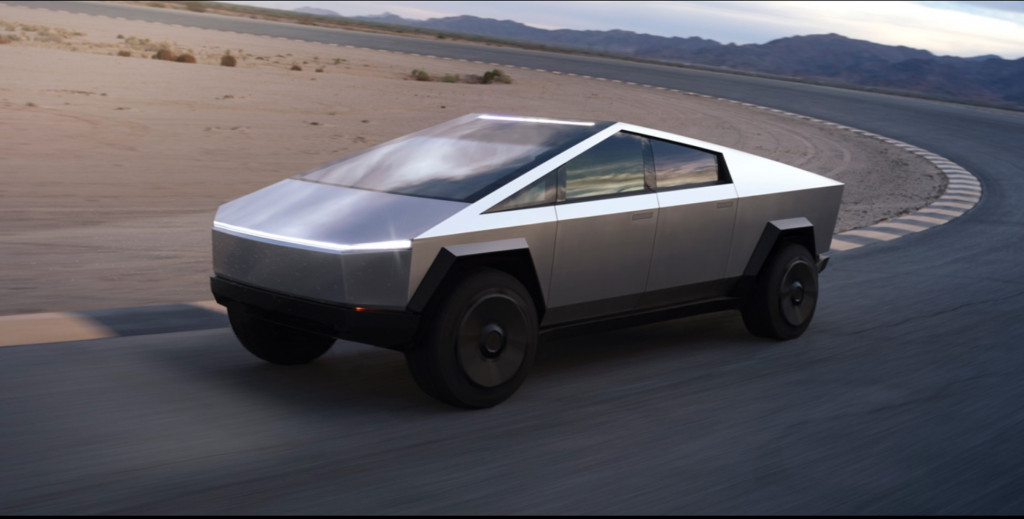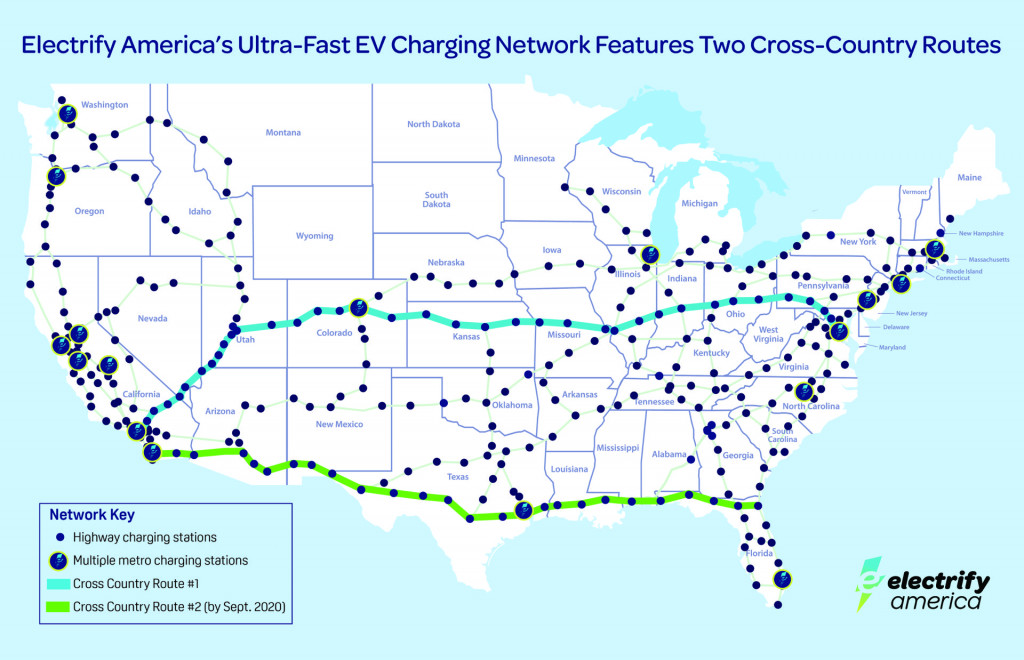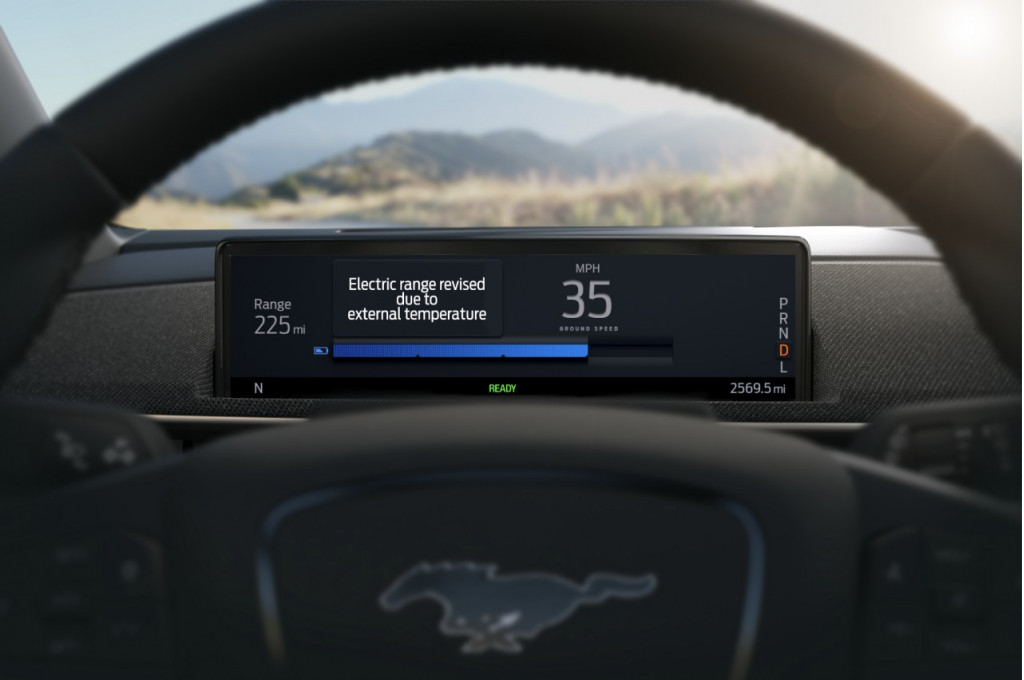Go to Source
Author: Green Car Online News
Lucid electric SUV prototype spotted testing in California
Go to Source
Lucid CEO confirms SUV, considers pickup, says “absolutely not” to contract manufacturing
Go to Source
First electric Bentley due in 2026 will say no to rare-earth magnets
Go to Source
Lucid counters Autopilot, Tesla sues Rivian, wartime French EVs: Today’s Car News
Go to Source
Spurred by gas rationing, Peugeot made hundreds of electric cars during WWII
Go to Source
Lucid DreamDrive assisted driving takes a different route than Tesla Autopilot
Go to Source
Tesla sues Rivian over alleged trade-secret theft related to sales, charging network
Go to Source
Electrify America finishes first cross-country fast-charging route for EVs
Go to Source
Ford Mach-E details; all-electric Lyft; Lucid and Lordstown reveal dates: The Week in Reverse
Go to Source
